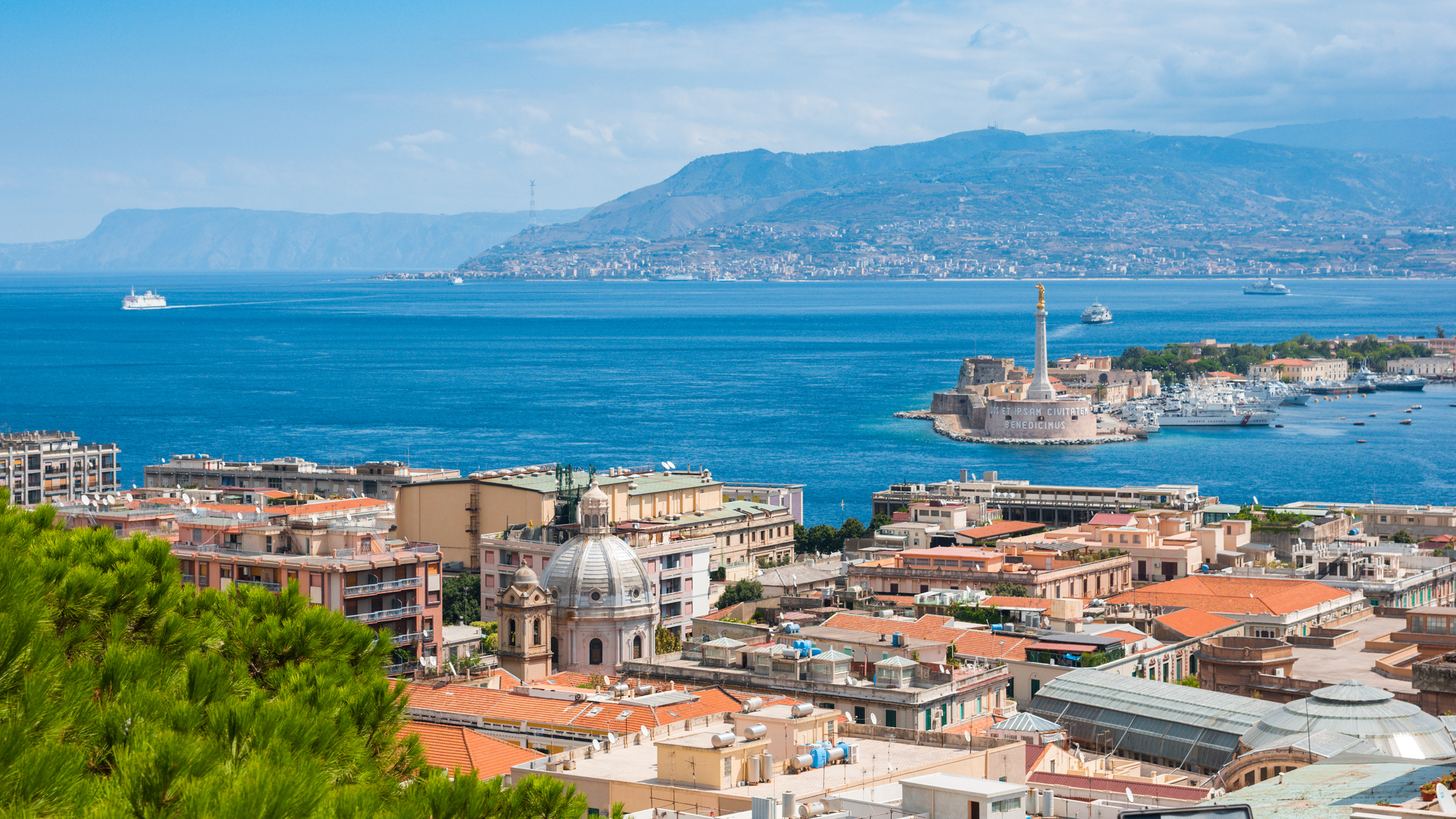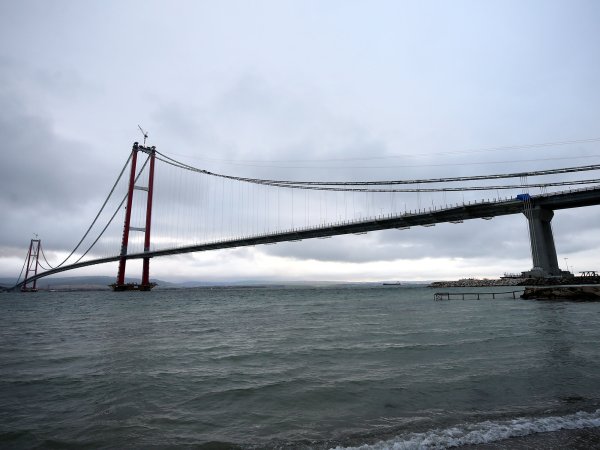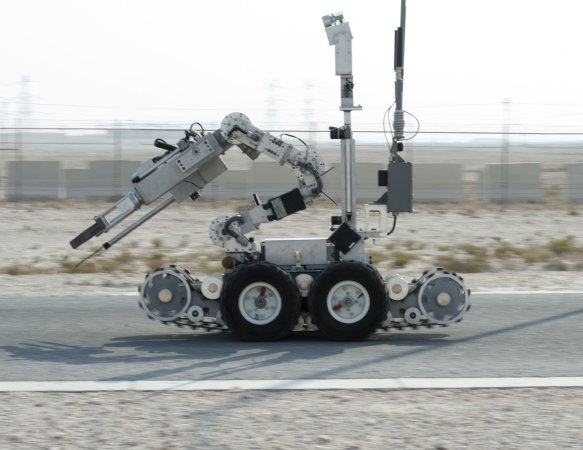

Boasting 6,637 feet between its two towers, Turkey’s 1915 Çanakkale Bridge officially nabbed the title as world’s longest suspension bridge when it opened to the public on March 18, 2022. Barely a year after earning the crown, however, Italy may be stepping up to construct an even longer engineering feat—one that’s over 2,000 years in the making, no less. However, critics argue that its odds for completion may be as figuratively long as its literal span.
As Wired explained on Tuesday, following governmental approval for restarting project planning and construction,the country is closer than it’s ever been to finally tackling a bridge that would cross the Strait of Messina to connect the island of Sicily with the mainland.
According to current plans, the bridge would measure 3,300 meters across upon completion—over 60 percent lengthier than the 1915 Çanakkale Bridge. Not only that, but the pylon towers’ height of 380 meters would also make it the tallest bridge in the world.
“Sicily is considered a territory apart from the rest of Italy and the bridge—a physical link—would unify it with the continent,” Federico Basile, mayor of Messina, told the Financial Times in January.
But there are a few catches. First and foremost, according to Wired’s recap, is that this is far from the first time such a bridge has been proposed. In fact, the first considerations for how to tackle such a structure goes back as far as 1866. Politicians have repeatedly promised to make the suspension bridge a reality, but have so far run into numerous engineering, economic, social, and environmental issues surrounding the project. Its location in an earthquake zone doesn’t help things, either.
[Related: The 1915 Çanakkale Bridge sets engineering records.]
The eco problems could be some of the bridge’s biggest impediments, too. Speaking with Wired, the VP of the Italian branch for the World Wildlife Fund Dante Caserta argues that, “we’re still at a stage where there is no evidence that this is feasible economically, technically, and environmentally.” According to Caserta, the Messina Strait itself encompasses two environmentally protected areas that are vital to seabirds’ and sea mammals’ migratory movements. According to the sustainability organization, Nostra, the Strait of Messina “constitutes a unique source of biodiversity” in the region.
And then there’s the simple economics. Ferries are currently the main form of transport between Sicily and the Italian mainland, but their ports aren’t near where the bridge would be built, i.e. the two closest points on the Strait. That means entirely new roadways would need to be added, which reportedly could end up being half the project’s total cost of roughly $11 billion, according to Reuters.
“There would not be enough traffic to pay for the project through tolls, because over 75 percent of the people who cross the strait do so without a car,” added Caserta. “[S]o doing all this just to shave off 15 minutes doesn’t make sense, especially because it connects two areas with severe infrastructure problems.”
Still, many Italian politicians and organizations remain adamant about the bridge’s final realization. Although some hope construction could begin in the summer of 2024, those estimates are extremely tentative. As close as a bridge linking Sicily with Italy may be, it certainly might be quite a ways off.















